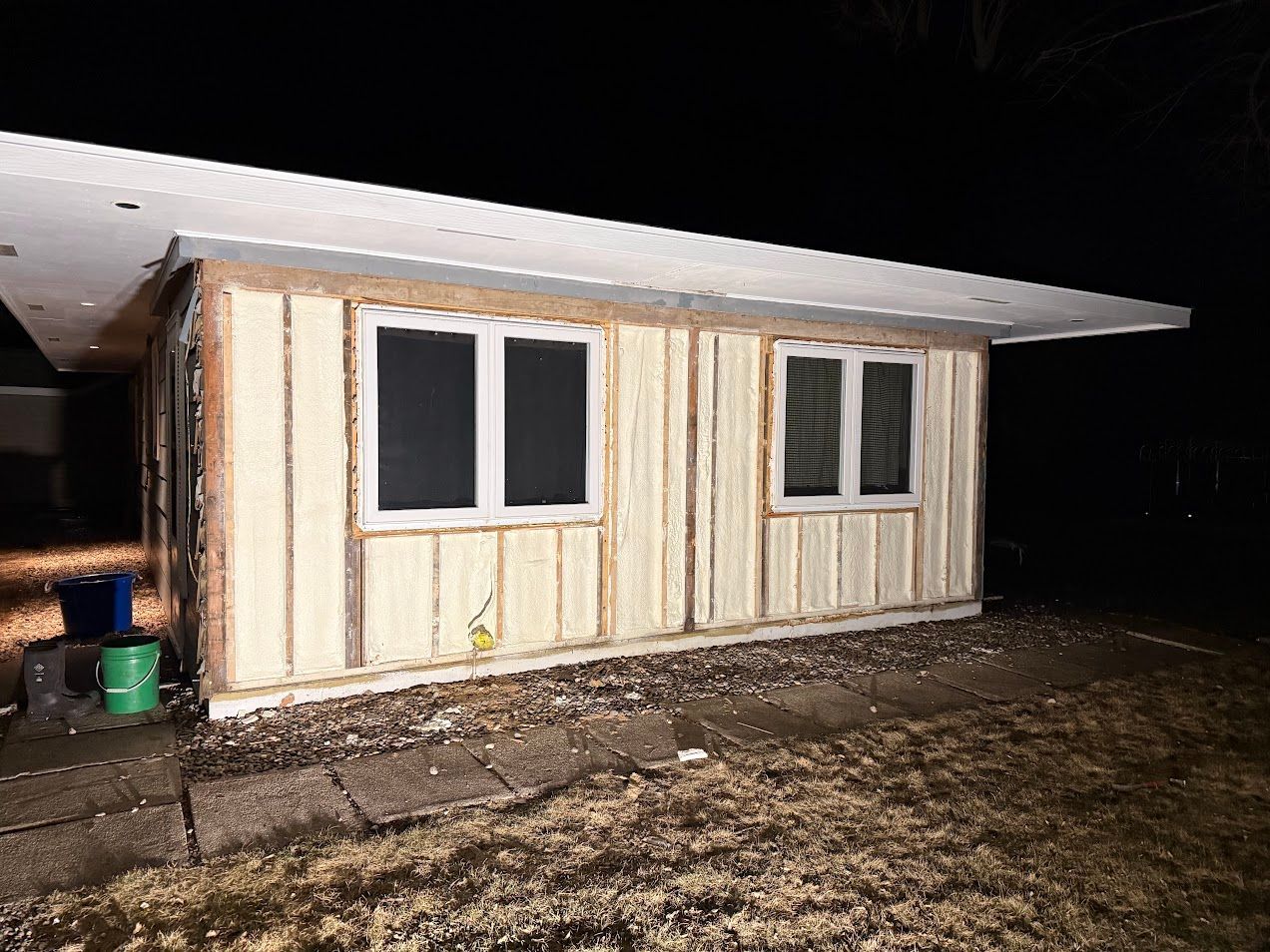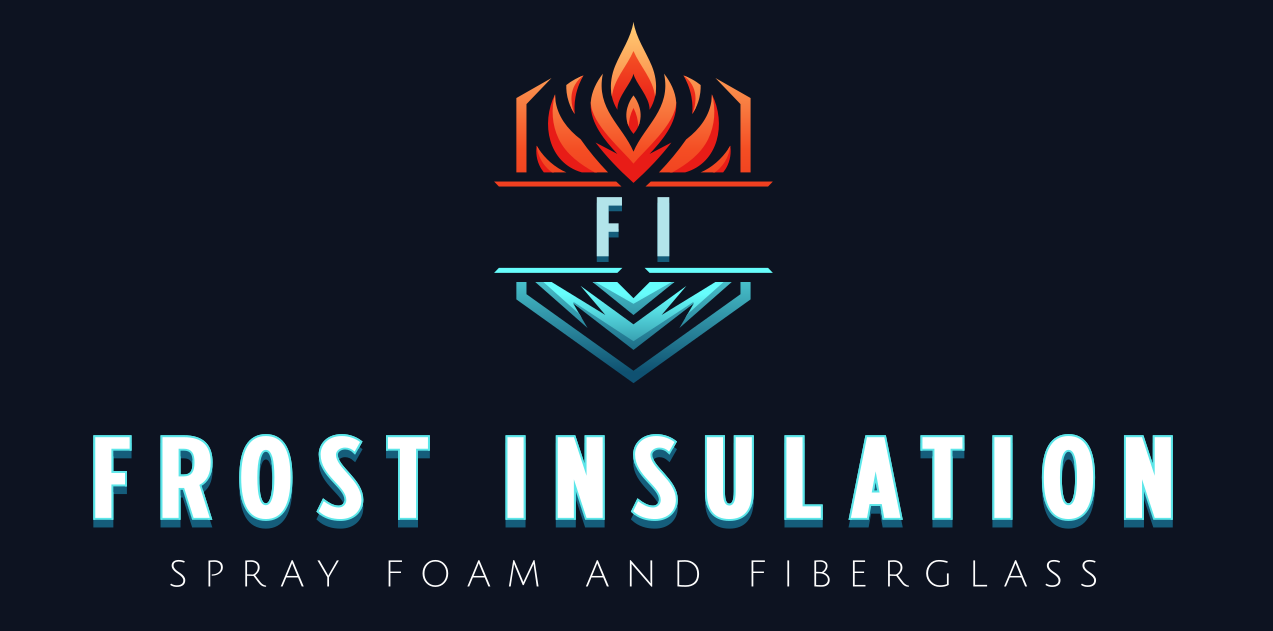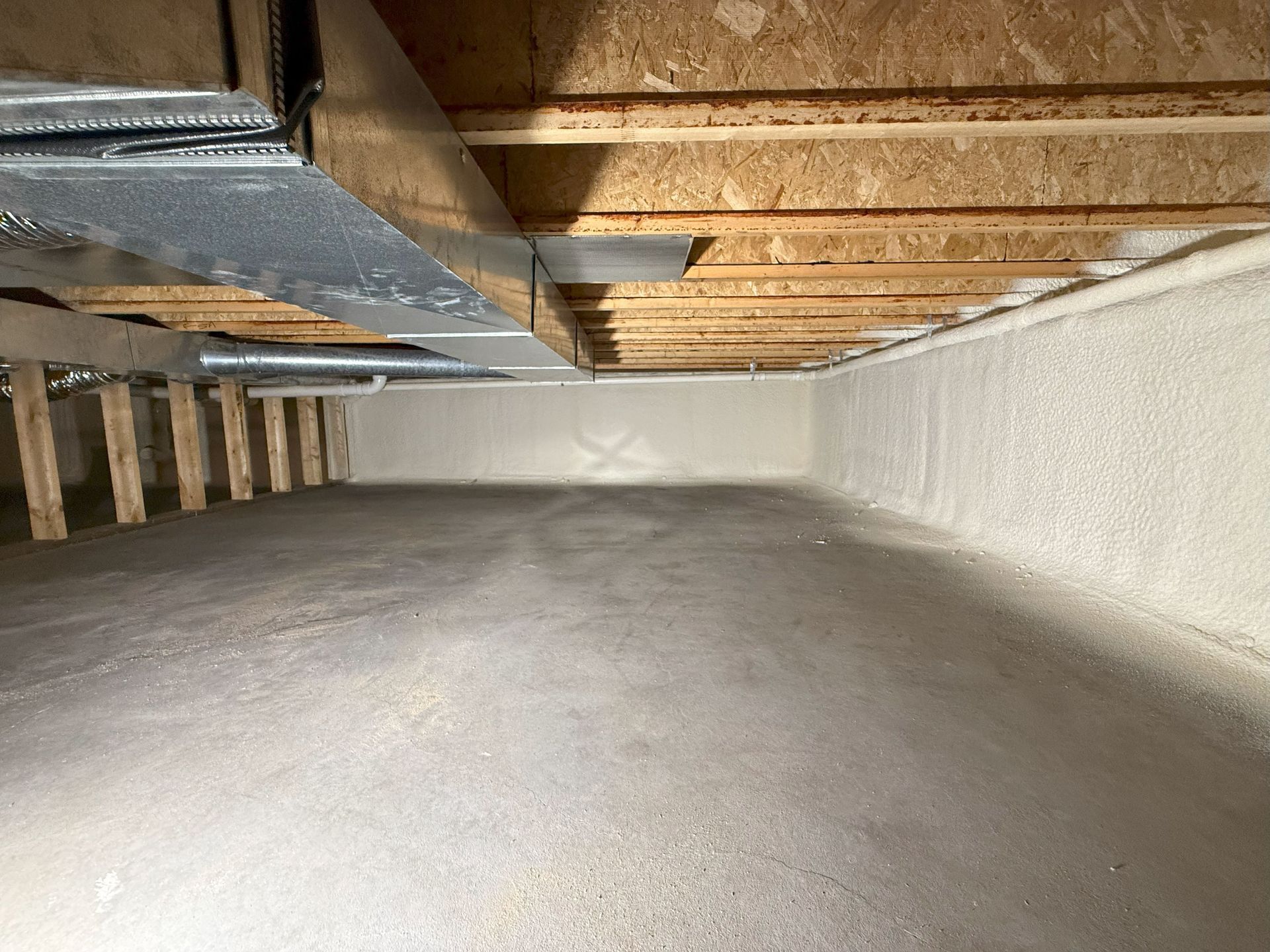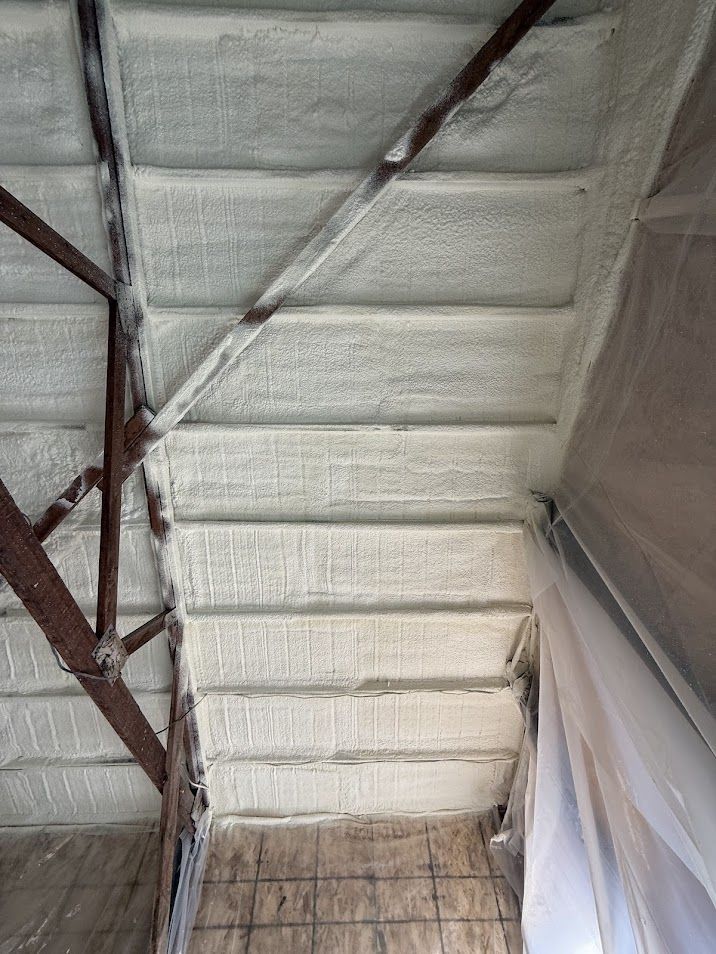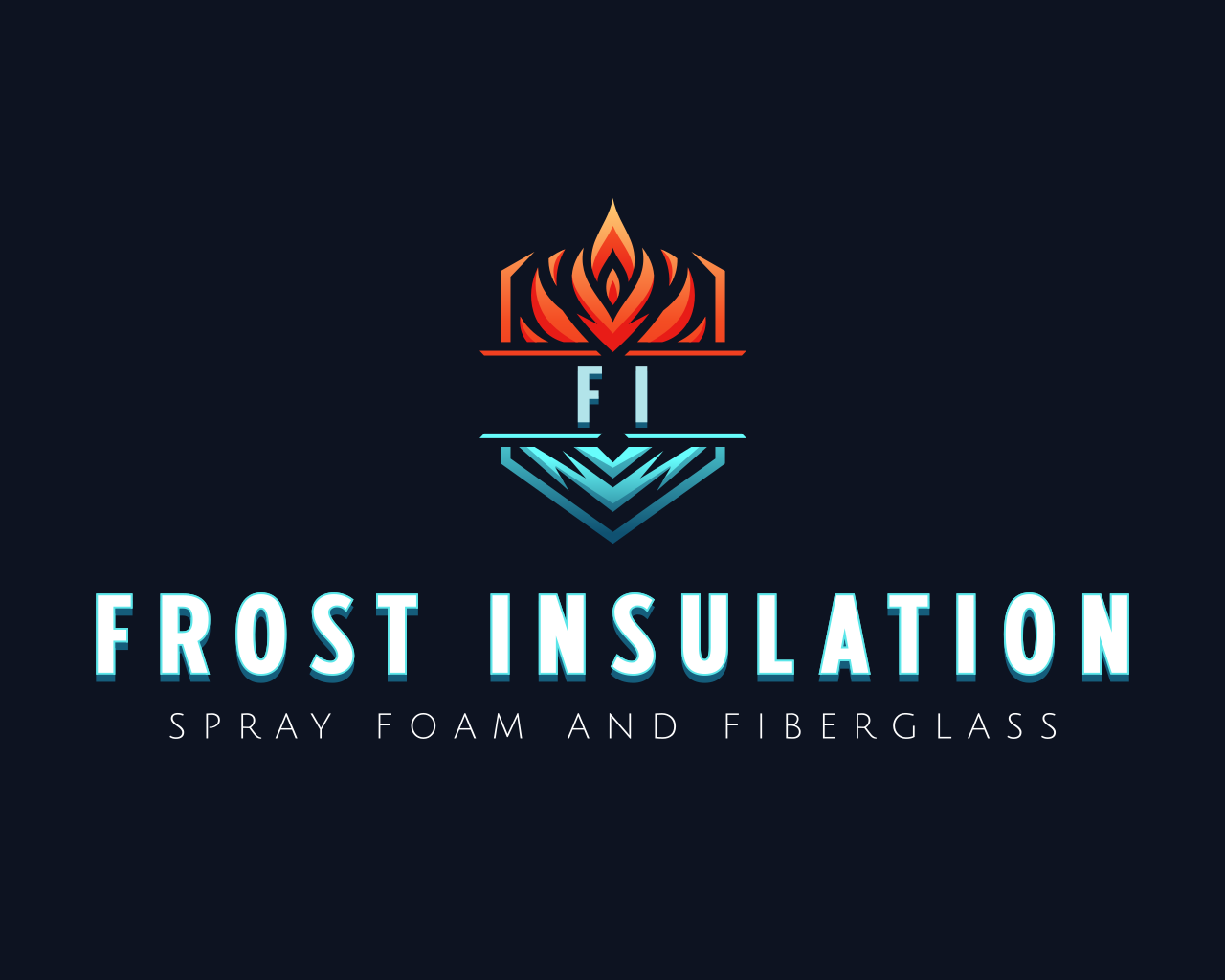Spray Foam Insulation
Spray Foam Insulation
Spray foam insulation is the biggest innovation in the insulation industry since the introduction of fiberglass in the 1950s. Spray foam insulation allows us to create more energy-efficient and comfortable homes, cutting homeowners’ heating and cooling costs. Spray foam insulation can be installed to fill gaps in walls, which makes this type of insulation highly effective in preventing air loss.
Spray insulation is made from polyurethane foam and comes in open cell and closed cell varieties which vary in density. Both open and closed cell forms offer superior insulation and air sealing qualities, as well as protection against moisture, noise, and pests. Spray foam insulation offers advantages in terms of financial savings, health, building efficiency, and a greener environment.
Get a free quote
Contact Us
Superior Insulation Protection
Spray foam insulation products cannot be measured by R-value alone. While traditional fiberglass insulation can only protect against heating and cooling loss caused by conduction, spray foam thoroughly protects against six paths of heating and cooling loss.
Considerations for Spray Foam Insulation
If you’re planning to add spray foam insulation to your home, there are a few things to consider. Your project costs may vary depending on whether you choose open cell or closed cell foam and depending on the size of your space. Installing spray foam insulation properly requires quality control and safety compliance, which means it’s important to hire the right installation professionals.
Cost Effectiveness
The R-value of insulation refers to its resistance to heat flow. High R-values can prevent more heat from escaping your home. Typically, an R-value of about 38 is required for most homes.
While the R-value of foam spray is 6 per inch, fiberglass is only about 2.2 per inch. In other words, you would need more fiberglass than spray foam to meet the required 38 R-value. This would make installation of fiberglass more expensive than spray foam insulation.
Spray Foam Insulation Installation Safety
Spray foam installation requires an understanding of all aspects of safety compliance: a safe job site, proper PPE, equipment start-up and maintenance, foam inspection, and more. Technicians also need to know how to measure the temperatures of material, substrates, and the building. Mastering all of these safety considerations is critical to ensuring safety on the job. After the installation is complete, drying time for spray foam insulation ranges from 8 to 24 hours.
